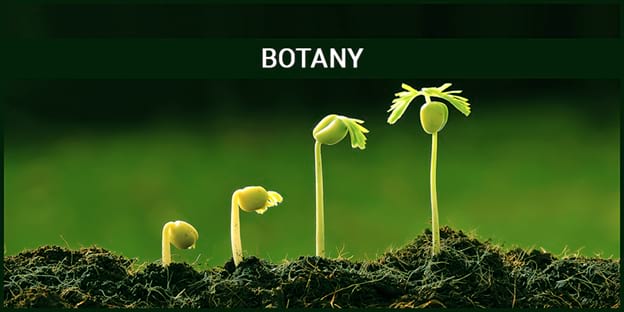In this chapter, students dive into the external structures of flowering plants and learn how these features contribute to plant function. We explore the variety of root systems, stem modifications, leaf arrangements, and floral structures found across different plant families. Students develop skills in plant identification by recognizing distinctive morphological characteristics and understanding their ecological significance. Through detailed examination of plant parts and their modifications, students gain appreciation for how external structures reflect evolutionary adaptations to different environmental conditions and reproductive strategies.
Complete Chapter-wise Hsslive Plus One Botany Notes
Our HSSLive Plus One Botany Notes cover all chapters with key focus areas to help you organize your study effectively:
- Chapter 1 Biological Classification Notes
- Chapter 2 Plant Kingdom Notes
- Chapter 3 Morphology of Flowering Plants Notes
- Chapter 4 Anatomy of Flowering Plants Notes
- Chapter 5 Cell: The Unit of Life Notes
- Chapter 6 Cell Cycle and Cell Division Notes
- Chapter 7 Transport in Plants Notes
- Chapter 8 Mineral Nutrition Notes
- Chapter 9 Photosynthesis in Higher Plants Notes
- Chapter 10 Respiration in Plants Notes
- Chapter 11 Plant Growth and Development Notes
